As the world increasingly prioritizes sustainability, eco-conscious interior design has emerged as a cornerstone of modern, responsible living. With consumers seeking out spaces that reflect their commitment to the environment, the demand for sustainable design solutions continues to grow. This article delves into the innovative strategies, creative ideas, and essential principles that define eco-friendly interior design, exploring how thoughtful choices can transform living spaces into harmonious, Earth-friendly retreats. From the selection of materials to the adoption of practices that minimize waste and maximize reuse, we’ll examine how eco-conscious design not only reduces a space’s environmental footprint but also enhances its functionality and aesthetic appeal. Whether you’re redesigning your home, office, or any other space, this guide offers valuable insights into crafting interiors that are as stylish as they are sustainable, proving that eco-friendly doesn’t have to mean compromising on beauty or comfort.
Key Takeaways
- Maximizing Functionality: Efficiently designed spaces use thoughtful planning and multi-functional furniture to optimize every area, reducing waste.
- Ensuring Comfort: Ergonomic designs prioritize lighting, seating, and layout to create safe, usable, and strain-reducing environments.
- Achieving Sophistication: Elegant interiors feature clean lines, balanced proportions, and harmonious color palettes, resulting in a stylish and calming atmosphere.
- Golden Ratio in Color Schemes: The 60-30-10 principle balances color dominance, allowing a primary color to set the tone while secondary and accent colors add depth and interest.
- Balanced Color Harmony: Applying the 2/3 rule creates cohesive spaces where two-thirds of the area is dominated by one color, enhanced by a contrasting third for visual appeal.
- Sustainable Living Integration: By integrating these principles, eco-conscious interiors are created, offering both functionality and aesthetics, contributing to healthier living environments.
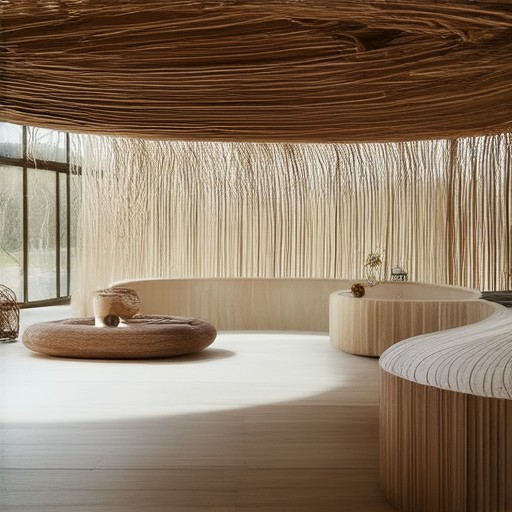
What is Eco-Conscious Design?
Eco-conscious design refers to the deliberate integration of environmental considerations into the design process to minimize harm and maximize benefits for the environment. This approach ensures that products, services, and systems are created in ways that are sustainable, responsible, and beneficial to society and nature.
Key Principles of Eco-Conscious Design
- Sustainability : Designing with the aim of preserving ecosystems and natural resources for future generations.
- Material Efficiency : Using materials efficiently to reduce waste and minimize the extraction and consumption of raw resources.
- Renewable Resources : Incorporating materials that are replenished naturally, such as bamboo, solar panels, and organic fabrics.
- Energy Efficiency : Optimizing designs to reduce energy consumption during production, usage, and disposal.
- Closed-Loop Systems : Creating products and processes that can be reused, recycled, or composted at the end of their lifecycle.
Applications of Eco-Conscious Design
Eco-conscious design is applied across various fields:
Product Design
- Sustainable Products : Designing products made from responsibly sourced materials, such as FSC-certified wood or recycled steel.
- Durability : Building products that last longer, reducing the frequency of replacements and minimizing waste.
Architecture and Urban Planning
- Green Buildings : Designing structures that use natural light, renewable energy, and non-toxic materials.
- Smart Cities : Planning urban environments that prioritize public transportation, green spaces, and energy efficiency.
Fashion and Textiles
- Eco-Friendly Fabrics : Using organic cotton, hemp, and Tencel for clothing and textiles.
- Zero-Waste Patterns : Designing garments that minimize fabric waste during production.
Transportation
- Electric Vehicles : Developing vehicles powered by renewable energy sources.
- Shared Mobility : Promoting car-sharing and bike-sharing programs to reduce vehicle ownership and carbon emissions.
Benefits of Eco-Conscious Design
- Environmental Protection : Reduces pollution, deforestation, and energy waste.
- Social Responsibility : Enhances well-being by creating healthier living spaces and products.
- Cost Savings : Often leads to long-term financial savings through reduced material costs and increased durability.
How You Can Support Eco-Conscious Design
- Support Brands : Choose companies that prioritize sustainability in their practices.
- Reduce Waste : Participate in recycling programs and buy second-hand goods.
- Advocate for Policies : Encourage governments and organizations to adopt eco-conscious design standards.
By embracing eco-conscious design, we can work towards a more sustainable future while enjoying innovative and high-quality products.
Learn more about sustainable living tips and eco-friendly practices on Eco Planeta Verde.
What is Eco Interior Design?
Eco interior design refers to the practice of creating living spaces that are environmentally friendly, sustainable, and harmonious with nature. This type of design focuses on minimizing the environmental impact of the materials, processes, and products used in the interior of a home or building. The goal is to balance aesthetics with ecological responsibility.
Key Principles of Eco Interior Design
- Material Selection : Use sustainable and renewable materials such as bamboo, recycled wood, and low-VOC paints to reduce harm to the environment.
- Energy Efficiency : Incorporate energy-efficient appliances and lighting to lower carbon footprints.
- Waste Reduction : Design spaces to minimize waste during construction and renovation.
- Natural Light and Airflow : Optimize for natural light and ventilation to reduce reliance on artificial systems.
- Sustainability in Upholstery and Textiles : Choose organic cotton, hemp, or recycled fabrics for soft finishes.
Benefits of Eco Interior Design
- Reduces the carbon footprint of a space.
- Promotes healthier indoor air quality by avoiding harmful chemicals.
- Contributes to a more sustainable lifestyle overall.
- Can increase property value by appealing to eco-conscious buyers.
Example Companies and Products
For those looking to implement eco interior design, consider exploring products and services from companies like Company A or Company B , which specialize in sustainable home furnishings and materials.
Getting Started
- Research sustainable materials and suppliers.
- Work with architects or designers experienced in eco design.
- Consider certifications like LEED or Green Globe to ensure standards are met.
By embracing eco interior design, you can create a beautiful and responsible living space that aligns with your values and contributes positively to the planet. Explore more tips and inspiration on our Sustainable Living Guides and Green Home Decorating Tips .

What Are Eco-Friendly Interior Design Ideas?
Eco-friendly interior design focuses on creating spaces that are both beautiful and sustainable. By incorporating Earth-conscious materials, reducing waste, and minimizing environmental impact, you can transform your home into a haven that aligns with your values.
- Material Selection: Opt for materials that have a lower environmental footprint. Reclaimed wood, bamboo, and recycled metals are excellent choices. Look for low-VOC paints and adhesives to improve indoor air quality.
- Color Palettes: Choose natural tones and earthy hues that reflect the environment. Neutral colors like beige, light gray, and muted greens promote a serene atmosphere while being easy on the eyes.
- Lighting Solutions: Energy-efficient lighting options, such as LED bulbs, reduce energy consumption. Natural light is also a great way to minimize electricity use, so consider arranging furniture to maximize window placement.
- Furniture and Fixtures: Invest in timeless, high-quality pieces that reduce the need for frequent replacements. Modular furniture is both functional and sustainable, as it minimizes waste during assembly and disassembly.
- Soft Furnishings: Use organic cotton curtains, woolen rugs, and natural fiber pillows to add warmth and texture without compromising on sustainability. These materials are biodegradable and renewable.
- Plants and Green Elements: Incorporate houseplants to improve air quality and bring life into your space. Vertical gardens or wall-mounted planters are great space-saving options.
- Water-Saving Features: Install water-saving fixtures, such as low-flow faucets and showerheads, to conserve water. Consider rainwater harvesting systems for an added eco-friendly touch.
For a more hands-on approach, try DIY upcycling projects to repurpose old items into new, functional decor pieces. This not only reduces waste but also adds a unique charm to your space.
Eco-friendly interior design is not just about aesthetics—it’s about creating a healthier, more harmonious living environment. By thoughtfully selecting materials and furniture, you can enjoy a stylish, sustainable home that lasts for years to come.
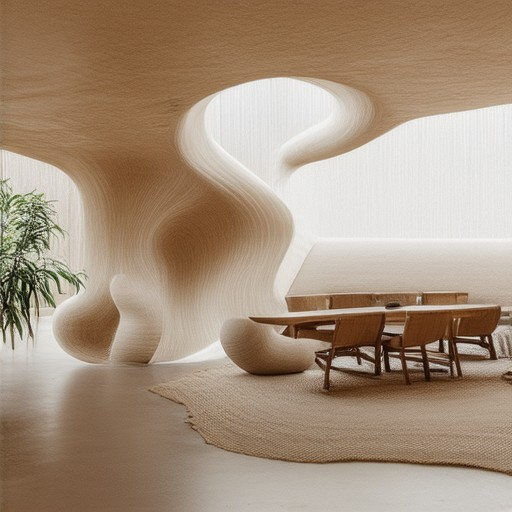
What are the 3 E’s of interior design?
Eco Planeta Verde’s approach to interior design emphasizes three fundamental principles:
- Efficiency : Designing spaces that maximize functionality and minimize waste. This involves thoughtful space planning and the use of multi-functional furniture to optimize every area.
- Ergonomics : Creating environments that are comfortable and safe for people. This includes considering lighting, seating, and layout to ensure usability and reduce strain.
- Elegance : Achieving a sophisticated look through clean lines, balanced proportions, and a harmonious color palette. This principle ensures that the space feels both stylish and calming.
Eco Planeta Verde believes that integrating these principles into interior design not only enhances the aesthetic appeal of a space but also contributes to a more sustainable and healthier living environment. By focusing on efficiency, ergonomics, and elegance, we can transform any room into a haven that is both functional and beautiful.
For more tips on creating eco-friendly interiors, explore our guide to sustainable home design .
What is the golden rule of interior design?
The golden rule of interior design, often referred to as the 60-30-10 principle, is a simple yet effective framework for creating harmonious color schemes in interior spaces. This rule helps achieve balance and visual appeal by dividing colors into three categories based on their dominance:
- Primary Color (60%) : This is the main color that sets the overall mood and tone of the room. It can be found on large surfaces like walls, floors, or ceilings.
- Example: A calming blue wall can dominate a bedroom, creating a serene atmosphere.
- Secondary Color (30%) : This complements the primary color and adds depth to the space. It can appear on smaller surfaces like upholstery, curtains, or decorative accents.
- Example: A soft yellow can act as the secondary color, adding warmth to a room with a primary color of deep navy.
- Accent Color (10%) : This is used sparingly and serves to draw attention to specific details or architectural elements. It can be applied to lamps, artwork, or decorative objects.
- Example: A bold red can highlight a fireplace or piece of artwork, creating a focal point.
This rule is rooted in the golden ratio, a mathematical concept that divides a line into two parts where the whole is the sum of the larger part and the smaller part. In interior design, this ratio is believed to create visually pleasing proportions, making spaces feel more balanced and comfortable.
By following the 60-30-10 rule, designers can create cohesive and aesthetically pleasing interiors that resonate with the viewer’s emotions and enhance the functionality of the space. Remember, the key is to allow the dominant color to take center stage while supporting colors add contrast and interest. Link to Sustainable Living Tips
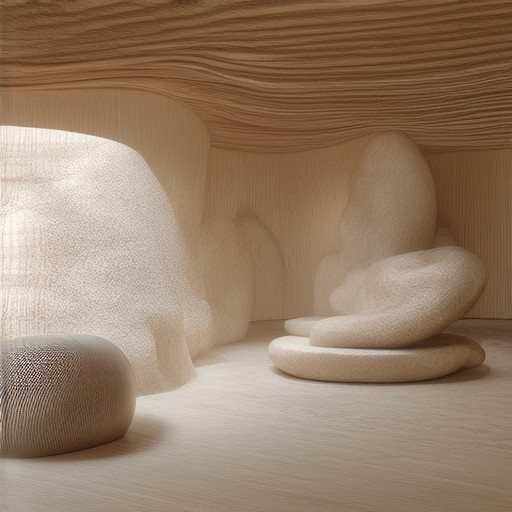
What is the 2/3 Rule in Interior Design?
The 2/3 rule is a simple yet effective guideline for achieving balanced color harmony in interior design. This rule suggests that in any given space, approximately two-thirds of the area should be dominated by one color, while the remaining third is occupied by a second color or tones. This proportion creates a harmonious and visually appealing environment.
Here’s a breakdown of how the 2/3 rule works:
- Two-thirds of the space can be covered by one dominant color or element.
- The remaining third can feature a contrasting color or texture to add interest and depth.
- This ratio ensures that the space feels neither overwhelming nor imbalanced.
- It can be applied to various elements, including walls, flooring, upholstery, and decorative accents.
For example, in a living room with soft neutrals as the dominant color, you could introduce a bold accent color in smaller doses to add vibrancy without overwhelming the space. This approach works particularly well in open-plan layouts to maintain a cohesive look while adding visual variety.
To enhance the effectiveness of the 2/3 rule, consider the following tips:
- Use lighter, neutral hues as the base to allow the contrasting color to stand out.
- Apply the dominant color to larger areas like walls and curtains for maximum impact.
- Add the contrasting color in smaller quantities through accessories, art, or seating.
- Balance the composition by incorporating textures or patterns alongside colors.
By applying the 2/3 rule thoughtfully, you can create interiors that feel modern, inviting, and perfectly balanced. Experiment with different color palettes and elements to find the combination that resonates most with your personal style.
Conclusion
The 2/3 rule is a versatile tool for interior design that helps create visually appealing and harmonious spaces. By balancing dominant and contrasting elements, you can achieve a sophisticated look that feels both calming and dynamic.

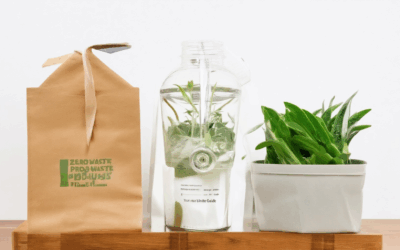

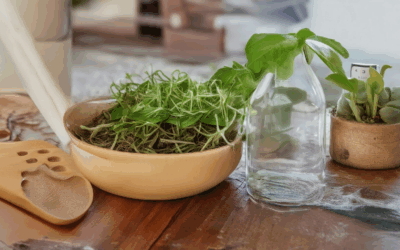
0 Comments